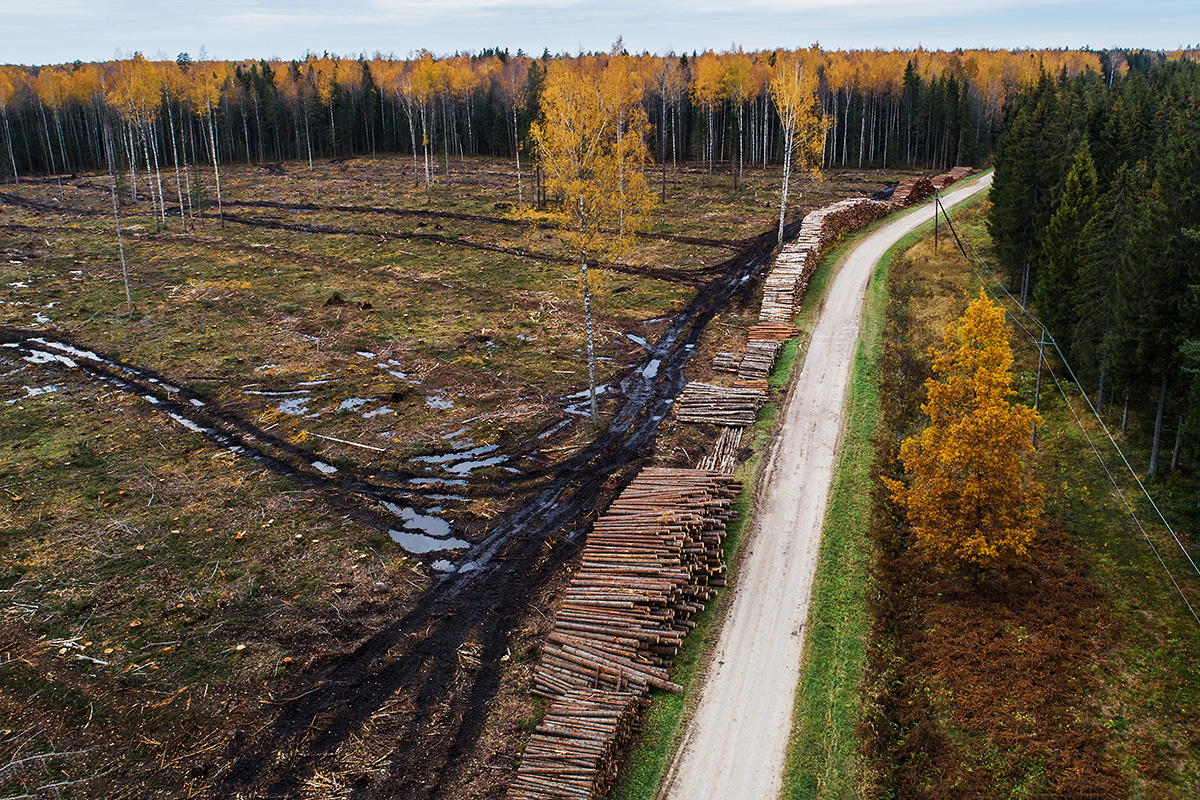Whether it is natural or man-made, the landscape is constantly changing

The natural landscape is formed by the influence of the four main closely related components – land, water, air mass, and wildlife (plants, animals, fungi) – while often including man-made components (utility poles, roads, buildings, fields). Human intervention is essential for the survival of semi-natural communities, as overgrowing would result in their biodiversity being lost.
In addition to semi-natural communities, changes in human life threaten traditional historical landscapes (such as village landscapes). The urbanisation that has taken place over the last century has resulted in empty villages and the afforestation of farmlands and grasslands. At the same time, agriculture contributes to the transforming and changing of the landscapes – the creation of large plots of arable land reduces the mosaic nature and biodiversity of the landscape. Meanwhile, diffuse pollution originating in agriculture contributes to the eutrophication of water bodies, thereby causing changes in aquatic life.
Mining for mineral resources significantly changes the landscape and the natural environment. Quarries, peat fields, spoil tips will be established in place of the previous natural landscape, due to which the groundwater level will often fall; this, in turn, can lead to changes in plant communities. At the end of the mining, the areas are generally put back in order – open-air mining areas are made into forest land, recreation areas, sports centres (for example, a water sports centre has been established in the Aidu quarry); sometimes, artificial water bodies are created, or the areas are given to the Defence Forces as a training ground [1] – but these are not natural landscapes.
Major infrastructure projects form a separate threat to natural landscapes. The high-speed railway being built across the country will leave its mark on the landscape and damage the habitats and populations of many species.
Extensive clear-cutting is also changing the landscape. Not only will the appearance of nature change, but the role of the felled area as a provider of habitat for the species will, too.
Landscapes are constantly changing – regardless of whether they are natural or man-made landscapes. All landscapes change: both mining landscapes and the primeval forests where no changes have taken place due to human activity. However, in the conditions of rapid loss of biodiversity, if a diverse community is lost or destroyed by intentional or unintentional acts or failure to act, the damage is extensive.
Last modified: 30.11.2021
__________________________________________________
[1] https://eestigeoloog.ee/kategooriad/geoloogia-ja-keskkond/polevkivitoostuse-parand